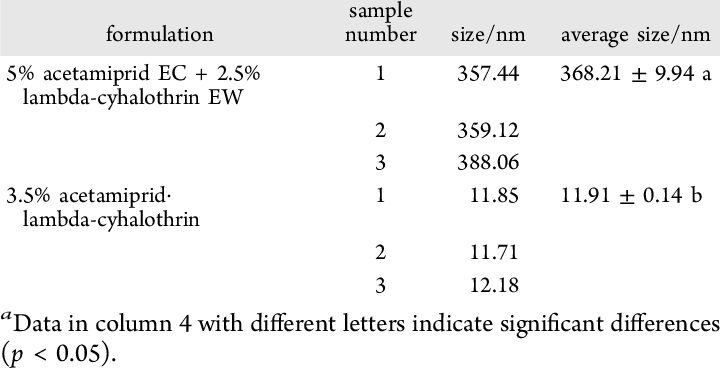- Location : Home» Newsroom
Tank-Mix Adjuvants Enhance Pesticide Efficacy by Improving Physicochemical Properties and Spraying Characteristics for Application to Cotton with Unmanned Aerial Vehicles
Tank-mix adjuvants have been used to reduce spray drift and facilitate the efficacy of pesticides applied with unmanned aerial vehicles (UAVs). However, the effects of specific adjuvants on pesticide characteristics and the mechanism of action remain unclear. Herein, we analyzed the effects of three different types of tank-mix adjuvants (plant oil; mineral oil; and mixture of alcohol and ester) on the surface tension (ST), contact angle, wetting, permeation, evaporation, spray performance, and aphid-control effects of two types of pesticides. The mineral oil adjuvant Weichi (WCH) was highly effective in reducing the pesticide solution ST, improving the wetting and penetration ability, increasing droplet size, and promoting droplet deposition. The mixed alcohol and ester adjuvant Quanrun (QR) showed excellent wetting and antievaporation properties and promoted droplet deposition. A plant oil adjuvant (Beidatong) moderately improved wetting and penetration ability and reduced droplet drift. Field tests showed that the control efficiencies (CEs) of two pesticides were increased after the addition of adjuvants, even with 20% reductions in pesticide application. When the UAV was operated at 1.5 m, the CEs of two pesticides were increased from 65.39 and 66.63% to 73.11-76.52% and 77.91-88.31%, respectively. When operated at 2.5 m, the CEs were increased from 51.24 and 68.60% to 65.06-75.70% and 77.57-92.59%, respectively. Especially, the CEs of pesticides with WCH and QR increased obviously. Importantly, neither WCH nor QR inhibited hatching of the critical insect natural enemy ladybird beetle at concentrations used in the field. This study provides a framework for assessment of tank-mix adjuvants in aerial sprays and directly demonstrates the value of specific adjuvants in improving pesticide bioavailability and minimizing associated environmental pollution.
The authors deeply express their thanks to Zhendi Hu, Xijun Deng, and Yue Liu for their valuable technical assistance.
